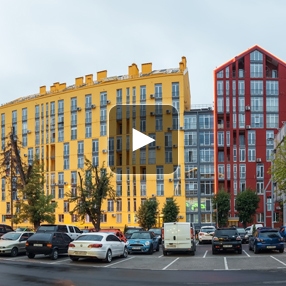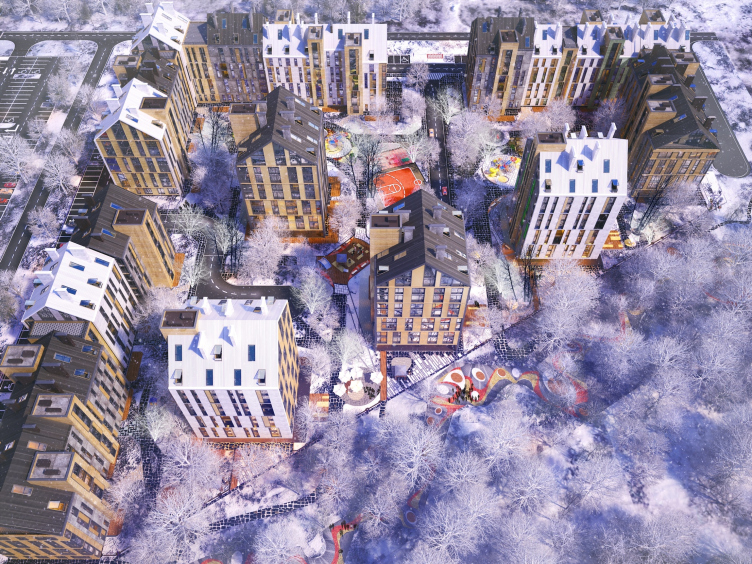Being disappointed with the modernist “micro-district” typology, architects and designers are ever more actively returning to the concept of the traditional urban block. There are a lot of benefits that an urban block yields: it is comfortable and, as a rule, human-friendly. However, while giving the modern trend its due, the architects of Archimatika Alexander Popov and Dmitry Vasiliev came to a conclusion that the city block in its classic traditional form, i.e. closed from all sides along its perimeter, is not always convenient. It ends up yielding “well-type” courtyards and “corridor-type” streets. Therefore, the architects switched over to a different hybrid typology of an open and semi-open urban block, which, on the one hand, is essentially still an urban block, and, on the other hand, is more flexible and open to the city. Alexander Popov showed examples of such solutions in his lecture.
Video: an open-type urban block versus a courtyard
The video version of a lecture by Alexander Popov, the cofounder of Archimatika project group, in which he explains about the typology of residential areas.

































